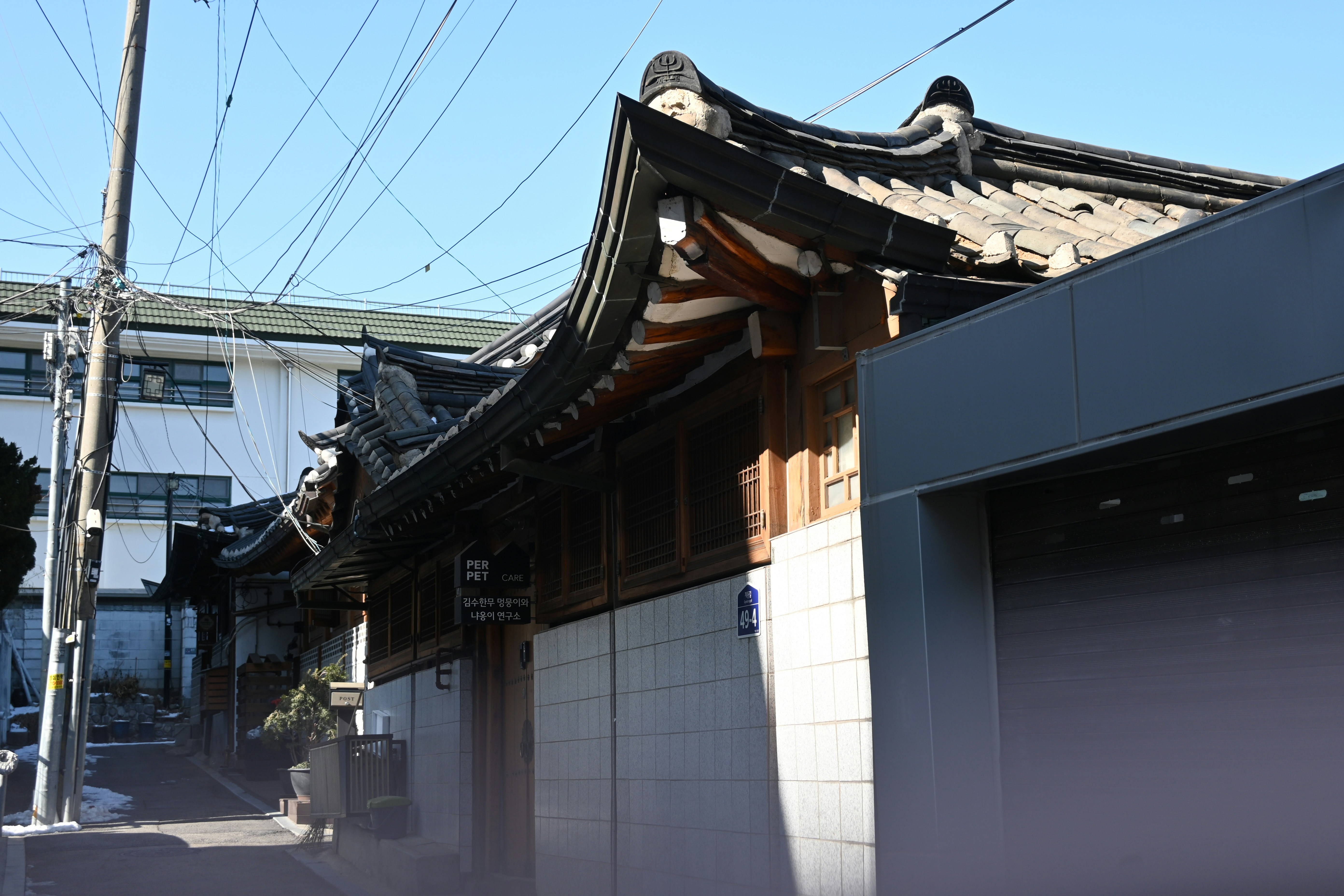Renovating a Free Home in Japan: Costs, Surprises & Stories

Introduction
So, you landed a free house in Japan—amazing! Now comes the part no one talks about enough: renovation. While getting the keys to an abandoned home feels like winning the lottery, turning that akiya into a livable space is a journey filled with surprises, creative problem-solving, and some real budgeting skills.
Let’s break down what to expect—the real costs, the hidden quirks, and the stories we’ve heard along the way.
Real Talk: How Much Does It Cost?
Renovating a free home in Japan can cost as little as ¥1 million (~$6,500 USD) or as much as ¥10 million+ (~$65,000 USD)—depending on condition, size, and how much of the work you’re doing yourself.
Here’s a rough breakdown of common costs:
- Roof replacement or repair: ¥500,000–¥1,500,000
- Tatami/flooring replacement: ¥100,000–¥400,000
- Bathroom and toilet upgrades: ¥300,000–¥1,000,000
- Kitchen remodel: ¥500,000–¥2,000,000
- Electrical/plumbing updates: ¥300,000–¥1,000,000
- Exterior paint or siding: ¥400,000–¥1,200,000
Don’t forget the “little” things—like heating (kerosene or electric?), insulation (many homes have none), and window replacements (for better climate control).
DIY vs. Hiring a Pro
If you’re handy, you can save a lot by doing some work yourself. But keep in mind:
- Japanese homes are built differently than Western ones—materials, insulation, even tool sizes can vary.
- Local contractors often offer bundled deals and are familiar with municipal grant programs.
- There are builders who specialize in restoring akiya, especially in regions where revitalization efforts are active.
Pro tip: If you’re renovating to run an Airbnb, you’ll need licensed pros to handle utilities and structural work for compliance.
Renovation Surprises (and How to Handle Them)
Renovating an akiya can feel like peeling an onion—every layer reveals something unexpected. Some stories from the field:
- “We opened a wall and found a beehive the size of a backpack.”
- “The toilet drained directly into a creek. We had to install an actual septic system.”
- “Bats in the rafters. Cute at first. Not cute at 2AM.”
This isn’t meant to scare you—it’s just real. These homes have often been empty for years. But surprises are part of the fun, and many buyers say the experience made them fall even more in love with the property.
Before & After: Real Success Stories
- Chloe from Australia transformed a ¥0 akiya in Wakayama into a cozy, solar-powered guesthouse for under ¥2 million.
- Kenji and Aiko, a Tokyo couple, renovated a 100-year-old kominka into their dream vacation home with a garden and wood stove.
- Marcus, a digital nomad from the UK, made his akiya in Kyushu remote-work ready for just ¥1.8 million, including fiber internet.
These aren’t outliers—they’re people who did the research, stayed flexible, and weren’t afraid to get their hands dirty.
Final Thoughts
Renovating a free house in Japan is more than a construction project—it’s a creative and cultural journey. It takes time, patience, and a sense of humor, but the payoff is real: a space that’s uniquely yours, in a country full of natural beauty and deep history.
And the best part? You’re not doing it alone. At FreeAkiya.com, we’re here with guides, contacts, and support to help you make your house a home—one tatami mat at a time.